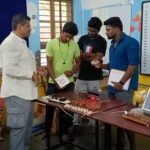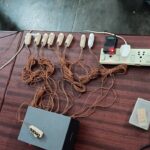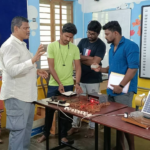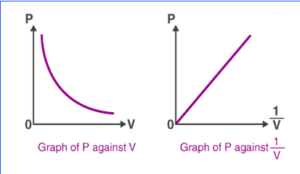An enthusiast researcher Mr. Thiyaragaraja Kumar visited STEM land on 20th June 2022 to exhibit the projects made by him and to inspire young minds. He is an inspiring, energetic, curious person who makes projects, and teaches and guides children to invent projects. He plans to take project-based learning for the children.
The projects include a wireless charging unit, a quiz breaker, and sun-directed solar panel motor drive equipment. The wireless charging unit works based on the principle of mutual induction. The Quiz breaker model is based on relays. It finds its Industrial usage mainly in industry automation and helps in finding the valve tripping or if there is any fault. Using this model, faults in the high boiler plants can be easily found and repaired accordingly.
The sun-directed solar panel motor drive model was interesting and inspiring. It works based on the principle of movement of the sun. this exhibit was presented at the Japan conference in 2015. According to the movement of the sun the solar cell panel moves which is driven by the motor using an LDR. This model gained more attention than other models.
He had a session with our team and explained the working methodology of the exhibits. He also enlightened the people on the topics of BCD, the Fibonacci series, Pascal’s triangle (Mahameru), Mehruprasta, Base10 calculations, Base16, and Base20 calculations.
He threw light on various number systems like the Roman number system, Greek number system, Mayon number system, and Egyptian number system. He also elucidated the shortcuts in simplification, Vedic math which is used in quantitative aptitude.
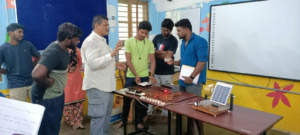
The whole session was inciting, encouraging, and enlightening. Mr. Thiyagarajan enjoyed sharing his exhibits, got fascinated with the framework of STEM land, and wanted to support us in encouraging children to invent more projects.
Reflections from the team:
- The session was inspiring. We learnt more facts and it was interesting too.
- It motivated us to make more projects on automation.
- It was interesting. The BCD chart was good. The Sun directed solar panel equipment was stunning. It stirred up to do more research on it.


